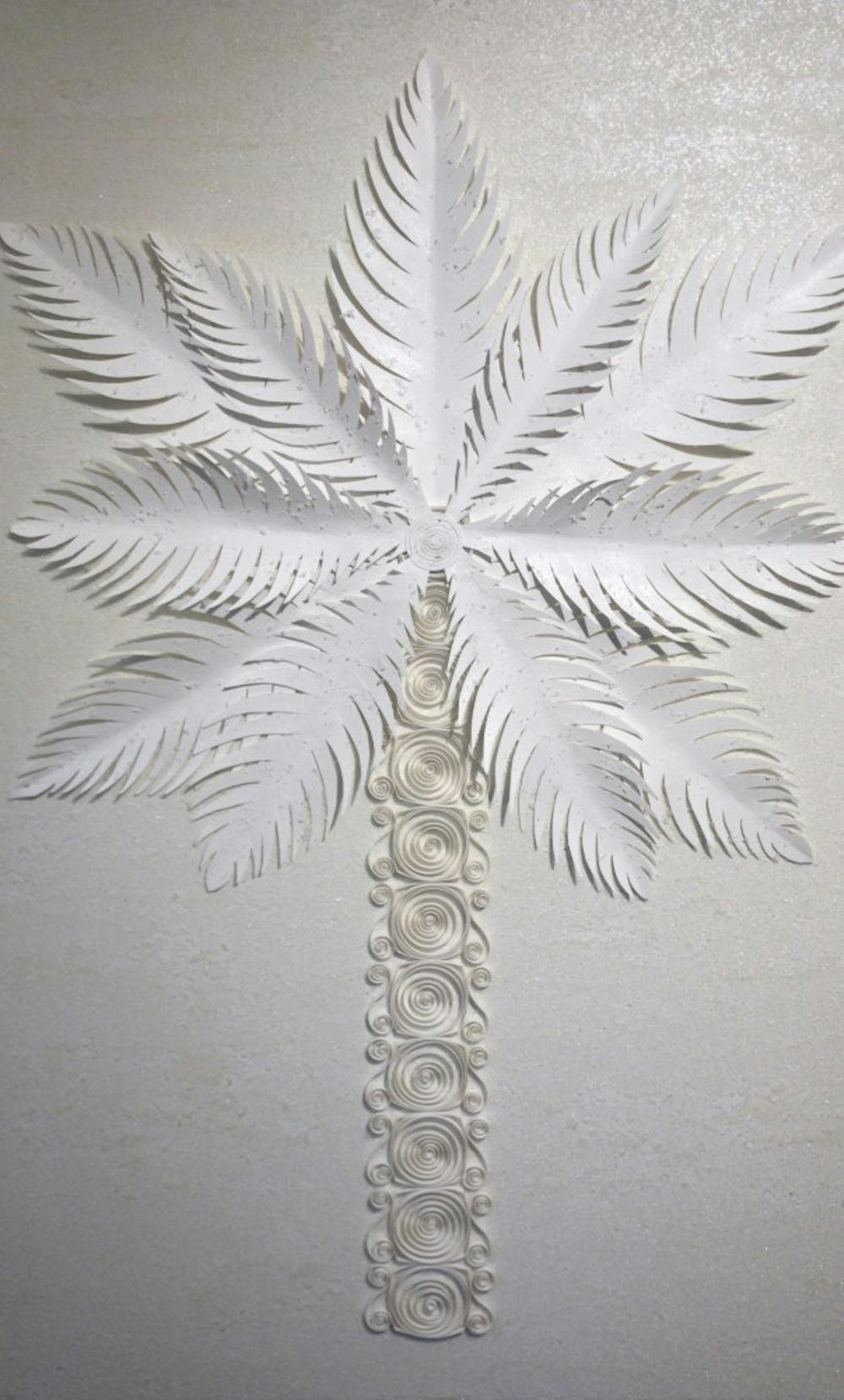This past week my family took a trip to Hilton Head Island. On our way out we decided to stroll through historic Old Town Bluffton — just for lunch and to see if there was anything cool to do in the town. As we were walking down Calhoun Street, we realized there were multiple art galleries on each block.
Of course, I wanted to go in each one, and all were filled with local art of different styles and backgrounds. Some paintings and sculptures represented Gullah culture, some represented the wildlife of South Carolina. There was paper art, jewelry and anything else you could imagine. The streets provided even more culture and history. An original slave cabin from 1841 still stands, as well as Bluffton's Church of the Cross, built in 1857, sporting a rare Carpenter Gothic style.
Clearly, I was inspired by the art and culture Bluffton had to offer. It led me to become more intrigued with local artists within the Lowountry, as well as my community in Columbia. A lot of my research led to Gullah and Geechee art.
The Gullah culture is made up of a group of people that are descendants of enslaved Africans living in South Carolina. The people and their language are called Gullah, or Geechee in Georgia. Anyone who learned South Carolina history growing up should know this, and hopefully anyone who has studied U.S. history does as well.
So much art stems from the Gullah people and their community in South Carolina, including the work of local artists like Ment Nelson and Jonathan Green. Columbia City Ballet even created an entire ballet surrounding Green's work "Off The Wall And Onto the Stage." Gallery Chuma in Charleston is a gallery full of solely Gullah artwork. It's safe to say that Gullah culture has a huge impact on art in South Carolina.
Nelson is what I would consider a South Carolina advocate. Sharing most of his artwork and cultural facts through Twitter, his bio on the site is simple, "I make it cool to be from South Carolina." Through his twitter, he highlights issues that South Carolina still faces, while also celebrating our state's successes.
He's been praised for his commitment to celebrating and preserving Gullah-Geechee culture.
There's a saying that great art and creativity must come with great suffering. And yes it's true, the ancestors of the Gullah people went through unspeakable, heartbreaking suffering. And with some of the hate crimes seen today, some of that suffering, racism and bigotry is still present. The Emanuel AME Charleston church shooting comes to mind, showing that white supremacy is still real and exists within our community.
Although this racial suffering did and still does take place in the South, I don't think Gullah art represents only suffering. If you Google "Gullah artwork," your screen fills with bright colors and celebration, not images of misery.
“While the southern soul is often portrayed as angst or peace, the southern spirit is filled with creative healing energy, always evolving and growing in its creativity and adaptability," Jonathan Green has said about inspiration for his work. "While there are pains in life and survival, I view the South today as appropriating the best of its cross-cultural heritages constructing a new sense of place and an enhanced sense of purpose.”
Gullah culture provides something unique for the artwork of the South that the rest of the world doesn't have. It signifies the thriving of culture through language, music, artwork and dance, persisting triumphantly against years of slavery and continued bigotry.

